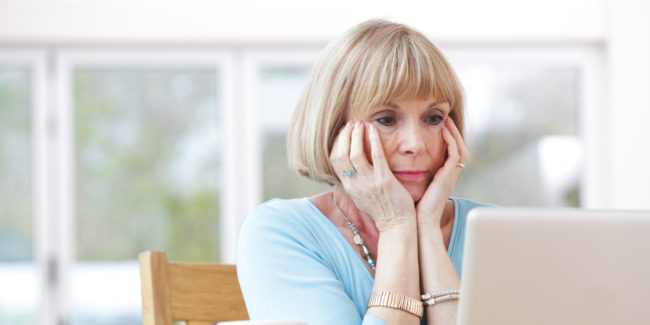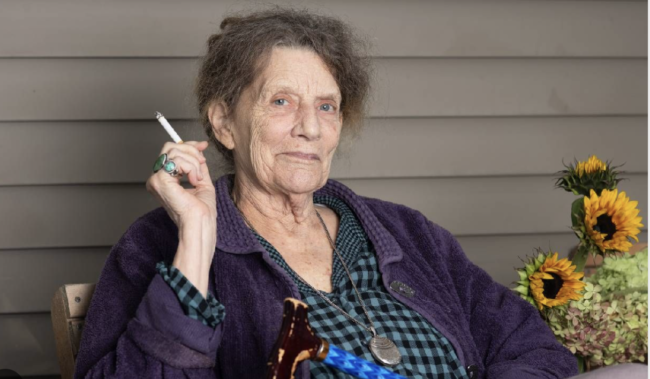“I do pretty well living alone, but on days when I crave companionship, it becomes depressing.”
“I’m too embarrassed to reach out to friends when I’m feeling lonely.”
“My family sees me as a strong woman, so they don’t realize I get lonely and would like them to contact me more.”
“I wish there were places, other than bars, where I could meet other older women and men.”

Loneliness can be an all too frequent visitor in the lives of older women and men.
Health care workers who treat older patients describe loneliness as epidemic among the aging. Recognizing the prevalence of loneliness in the UK, in 2018 Britain appointed its first “Minister for Loneliness.” Last May the US followed suit, addressing loneliness by publishing a paper from the Department of Health and Human Services, which described an epidemic of loneliness and isolation. Unfortunately, they fell short of developing government programs to address loneliness.

A lonely UK woman, representative of the group the UK Minister of Loneliness serves
Loneliness can have profound health consequences, which, if chronic, can be life-threatening. According to a 2002 study of older adults by Dr. John Cacioppo at the University of Chicago, prolonged loneliness increases stress, raises blood pressure, interferes with restful sleep, and promotes unhealthy behavior.
In spite of this growing public awareness, many older adults find it difficult to admit to their loneliness. It can carry a stigma, suggesting it’s a character flaw if you’re lonely, as if something was wrong with desiring human connection!

A stigma around loneliness can prevent the lonely from reaching out.
Conventional thinking puts the blame on the lonely individual rather than recognizing real life factors are major contributors.
When you lose a partner or close friends to death or serious illnesses, your circle shrinks through no fault of your own. Extended families frequently live miles apart. An older woman’s restricted income may limit her ability to join friends for a meal out, a trip to the theater or weekend travel. Frequently she’ll fill her loneliness by taking refuge online, glued to Facebook and Netflix.

Computer addiction is a common outlet for loneliness
Living in an ageist society contributes to the older woman’s difficulty in reaching out. She may silence herself since she’s accustomed to being discounted in our youth-obsessed culture.
Another obstacle is what I call the “Strong Woman Syndrome,” where the independent older woman who functions well is seen able to weather any storm. The woman regarded as strong and independent may hesitate to reach out when lonely because she’s conditioned to feel like something is wrong with her if she can’t manage her loneliness.

Writer Abagail Thomas, who projects a strong woman, while privately admitting to lonely bouts
As long as you hide your loneliness, you’re depriving yourself of honest connections and the more you stay stuck.
A first step might be to make a pact with a close friend to phone one another when feeling lonely. Breaking your isolation is less scary if you think in terms of taking baby steps. Calling a friend to meet for tea can be a great beginning.

Other coping strategies might include taking a class at your local senior college or volunteering for a cause that speaks to you, like working for climate justice or helping the unhoused.
If you can’t find a companion for a social activity, work up the courage to go it alone: take a walk in your neighborhood and stop at a local coffee house. If you’re an animal lover, considering getting a cat or dog. Cautionary note: a friend, who craved companionship, bought a parrot that ended up talking nonstop!
Reward yourself every time you stick your neck out to break your social isolation. Buy fresh flowers, dance in your living room, or treat yourself to fancy chocolates. Don’t let your loneliness diminish your capacity for joy, which has been waiting far too long to rejoin your life.


